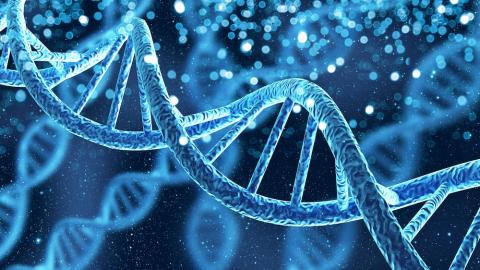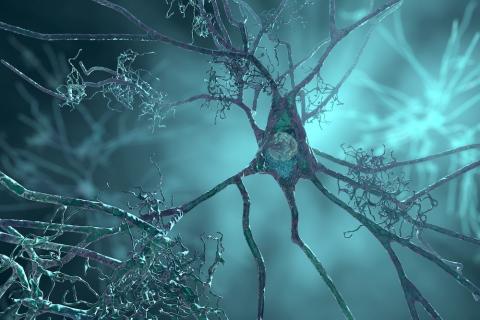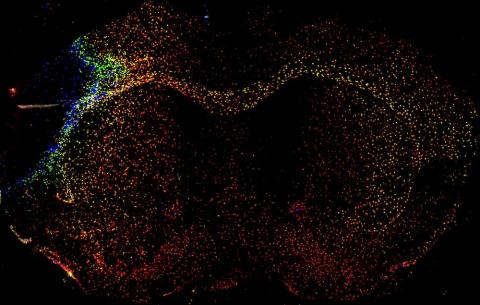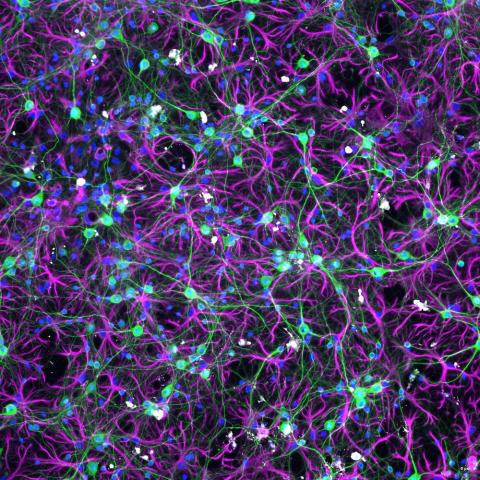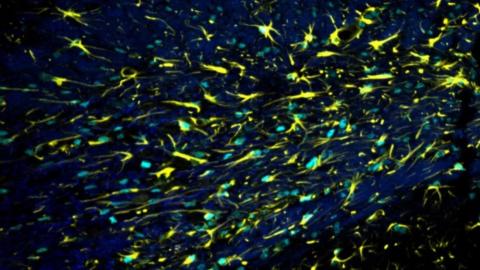
The Neuroimmune Interactions network meeting in 2022
Once considered an immunologically privileged organ, it is now well established that interactions between the immune system and brain are essential for ensuring a pathogen-free state and maintaining homeostatic control. It has become increasingly evident that chronic activation of the immune system in the brain is a widespread feature of neurodegenerative diseases including Alzheimer’s disease, Parkinson’s and frontotemporal dementias (FTD). Our understanding of the contribution of this activity to disease is still emerging – on the one hand, microglia can engluf and clear cellular debris and protein aggregates thereby promoting brain health. On the other hand, chronic neuroinflammation has also been shown to drive protein aggregation and potentiate toxic downstream consequences. It is thus becoming increasingly clear that there is a distinction between ‘protective’ and chronic ‘harmful’ neuro-immune interactions. Understanding the dual role of these interactions is therefore critical in developing a framework for the onset and progression of pathology.
Mechanistic studies highlighting the importance of neuro-immune interactions in dementias are further corroborated by human genetics. In particular, genes involved in the endolysosomal system are identified in Alzheimer's, Parkinson's and FTD, many of which are expressed in microglia.
Within the UK DRI we aim to gain greater understanding into how the innate and adaptive immune systems impact brain health, function, and homeostasis during ageing and in neurodegenerative diseases. In particular we are interested in:
- Role of genetic risk variants in microglial function (Williams, Escott-Price, Taylor, Nott, Hardy, Connor-Robson, Webber)
- Molecular and functional understanding of microglial heterogeneity and their role in disease (McColl, Priller, Hong, De Strooper, Diaz-Castro, Skene, Nott, Webber)
- Immune-mediated clearance/aggregation of pathological proteins in the intracellular and extracellular environments (McEwan, Klenerman)
- Complement components and their receptors (Morgan, Hong, Zelek)
- Neuron-immune-glia cell-cell crosstalk (Hong, Spires-Jones, Montagne, Hunt, Hardingham, Mallach, De Strooper)
- Border and peripheral immune cell influences on neurodegeneration (Hong)
- Opportunities to translate our findings (Morgan, Zelek, Malpetti, Morse, McEwan)

